Disability Representation Matters
There is no greater disability, than the inability to see a person as more
-Robert M. Hensel
Today is international day of persons with disabilities and the theme this year is leadership and participation of disabled people towards an inclusive, accessible and sustainable world. Disability representation matters and here’s why.
Whether you are admiring the models on the wall at Penny’s, sitting down to catch up on the latest soap or scrolling through social media, they all have one thing in common: You are more likely to see an able-bodied person over a disabled one. Even though there are over 1 billion on this planet living with some form of disability, the vast majority of the media we consume is aimed at the non-disabled person. It’s time we changed that!
Television:
Throughout the history of film and television, disabled people have been wrongfully stereotyped. They have been used as a punchline or have had non-disabled actors play a disabled character.
However, as more and more people begin to speak up about the ableism in the movie industry, we can see a significant increase in authentic characters with disabilities on the big screen. Now, we are able gain some real perspective into the lives of the disabled person.
There are some hit shows and movies out there that I believe have nailed this:
- Atypical
- Deaf U
- The Healing Powers of Dude
- The Politian
- Speechless
Just to name a few, and with the above leading the way, hopefully we will start to see many more.
Day to Day
Whilst having disabled people represented well in the media is important, it is just as essential to see them represented out and about too, such as in shops and print advertising.
Over the last few years, many stores have distanced themselves from the idea of only have one type of body modelling clothes. They are now, trying to steer more positively towards every body. This is exactly the change we like to see.
I have seen disabled people modelling the latest trends in stores like:
- Penny’s (Primark)
- Marks & Spencer’s
- Tommy Hilfiger
- Target
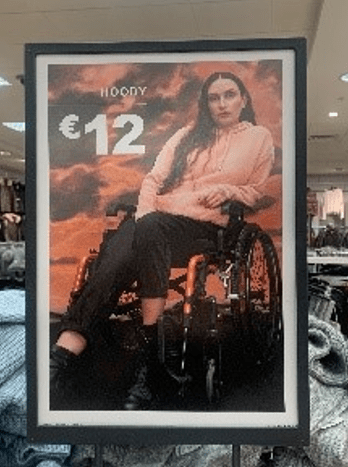
While many of us wouldn’t think twice about representation like this. Think about how many times you looked at a mannequin and loved that top with this scarf and how you imagined it would look on you. Now think about how unfair that those with disabilities cannot do the same.
Here is an amazing example of just how disability representation can make someone feel. Meet Ollie. A little boy both with Caudal Regression Syndrome, who will need a wheelchair and a carer each day.
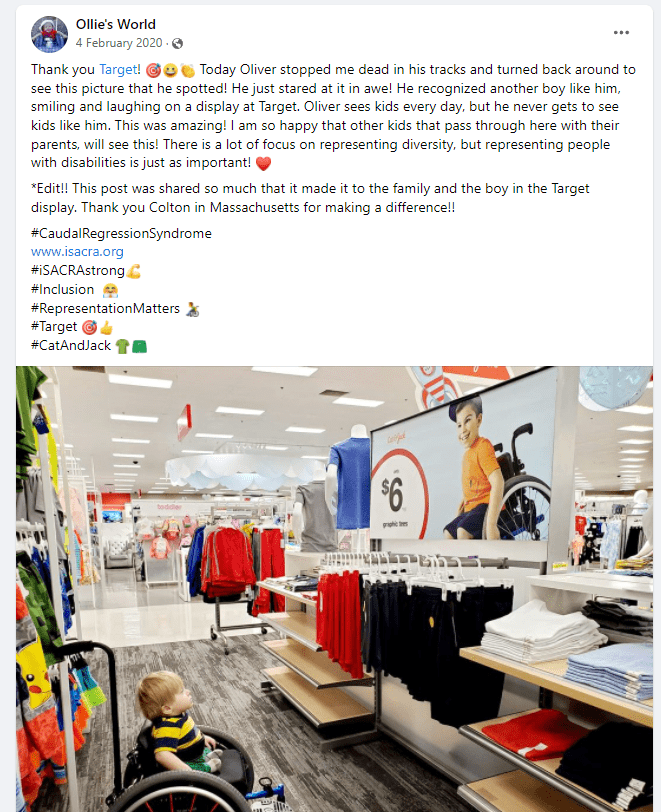
Social Media
In today’s world, social media is one of the most powerful tools at our disposal. Nearly everyone you meet will be on or have some form of social media. It influences so many of the things we do. This is why we need to make sure that the people we uplift are the ones that will shine a light on the different aspects of the community and not spread bias and negativity.
There are countless people online that been been focusing on educating their followers on both disabled and able bodied people. Sharing facts and busting myths. These are the people who are essential to breaking stigmas.
These people have created a safe space and inspired other disabled people who are going through the same or similar situation to share their experiences. By doing this, we can see that everyone is different and no two people with same disability go through the same experience. We can all learn from each other and celebrate our differences while coming as one to make sure everyone is seen, heard, represented and equal in our community.







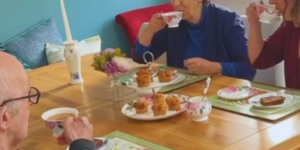
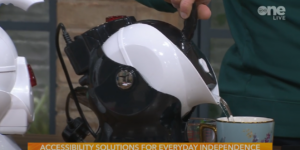

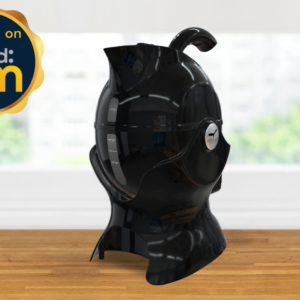



Leave a Comment